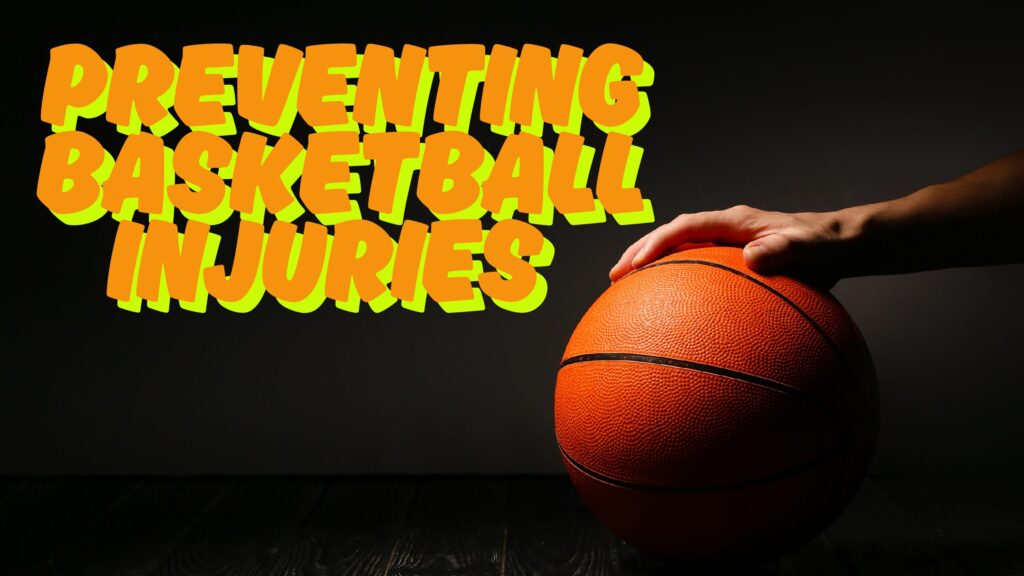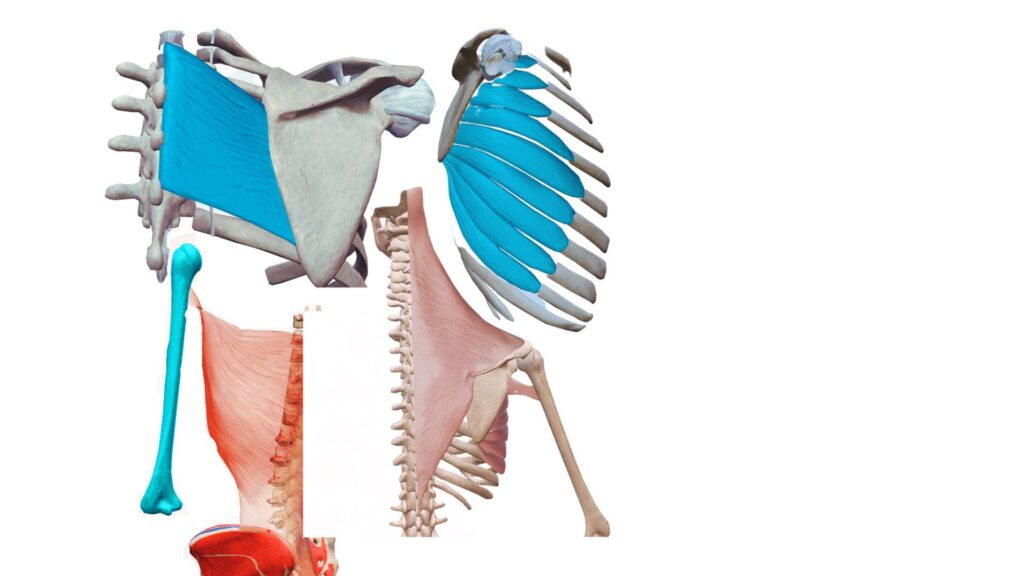How Active Individuals Can Reduce Injury Risk and Improve Performance By Physical Therapy Innovations | June 2025 If you’re someone who loves to lift, run, cycle, hike, or train hard — you probably focus on strength, endurance, and maybe even flexibility. But have you ever stopped to ask: “How well do I actually move?” […]

Can Physical Therapy Help with Rotator Cuff Tears that Have Not Been Repaired? Absolutely – and Safely. Rotator cuff tears are a common cause of shoulder pain and dysfunction, often leading people to believe that surgery is the only solution. But here’s the good news: for many individuals, physical therapy can be a highly […]

Basketball is an exciting, fast-paced sport that requires agility, endurance, and strength. But with all that movement—jumping, cutting, and sprinting—comes the risk of injury. At Physical Therapy Innovations, preventing injuries is our jam! Whether you’re a weekend warrior or a competitive athlete, following these injury prevention tips can help keep you on the court and […]

Chronic pain affects millions of people worldwide, limiting their ability to enjoy life, work, and perform everyday tasks. For many, the first solution that comes to mind is medication, particularly opioids. While opioids may provide temporary relief, they come with serious risks, including addiction and dangerous side effects. The good news is that physical […]

Rhabdomyolysis (pronounced “rab-doe-my-ah-luh-suhs”) is a complex and potentially life-threatening medical condition characterized by the breakdown of skeletal muscle tissue, which can ultimately lead to muscle death. Rhabdomyolysis is frequently referred to as “rhabdo,” a shorthand that is often used in athletic and medical communities to describe this condition quickly and efficiently. This pathological process occurs […]

Baseball, often referred to as America’s pastime, captivates fans with its blend of strategy, skill, and athleticism. At the heart of this game is the baseball throw—a seemingly simple action that, upon closer examination, reveals a complex dance of muscles working in perfect harmony. Understanding this intricate choreography not only deepens our appreciation […]

Are You Prescribing Upper Back Strengthening Too Soon? When assessing patients, we frequently uncover imbalances in the strength of their upper back muscles. While it may be tempting to immediately dive into strengthening exercises to rectify these imbalances, it’s vital to first address any underlying issues. This initial process may include recognizing and improving postural […]

To grasp the concept of isometrics, it’s essential to recognize that there are two primary types: Overcoming Isometrics and Yielding Isometrics. We will focus on Overcoming Isometrics in this blog. Overcoming Isometrics (PIMA) Overcoming isometrics is often referred to as PIMA exercises (pushing isometric muscle action). This type of isometric training involves exerting force with […]
Aging, along with certain health conditions and medications, can cause bones to become progressively weak and brittle, leading to a condition known as osteoporosis. Osteoporosis significantly elevates the risk of fractures, which can greatly limit mobility and independence. Individuals affected by osteoporosis are considered at an increased risk of falls and bone fractures. The good […]

What Are Discs? Intervertebral discs, fibrocartilaginous structures found between adjacent vertebrae, create a joint and link the vertebral bodies together. These discs collectively contribute to about one-third of the vertebral column’s length, providing a buffer between adjacent vertebrae. In total, there are 23 intervertebral discs: 6 cervical, 12 thoracic, and 5 lumbar. The discs are […]
